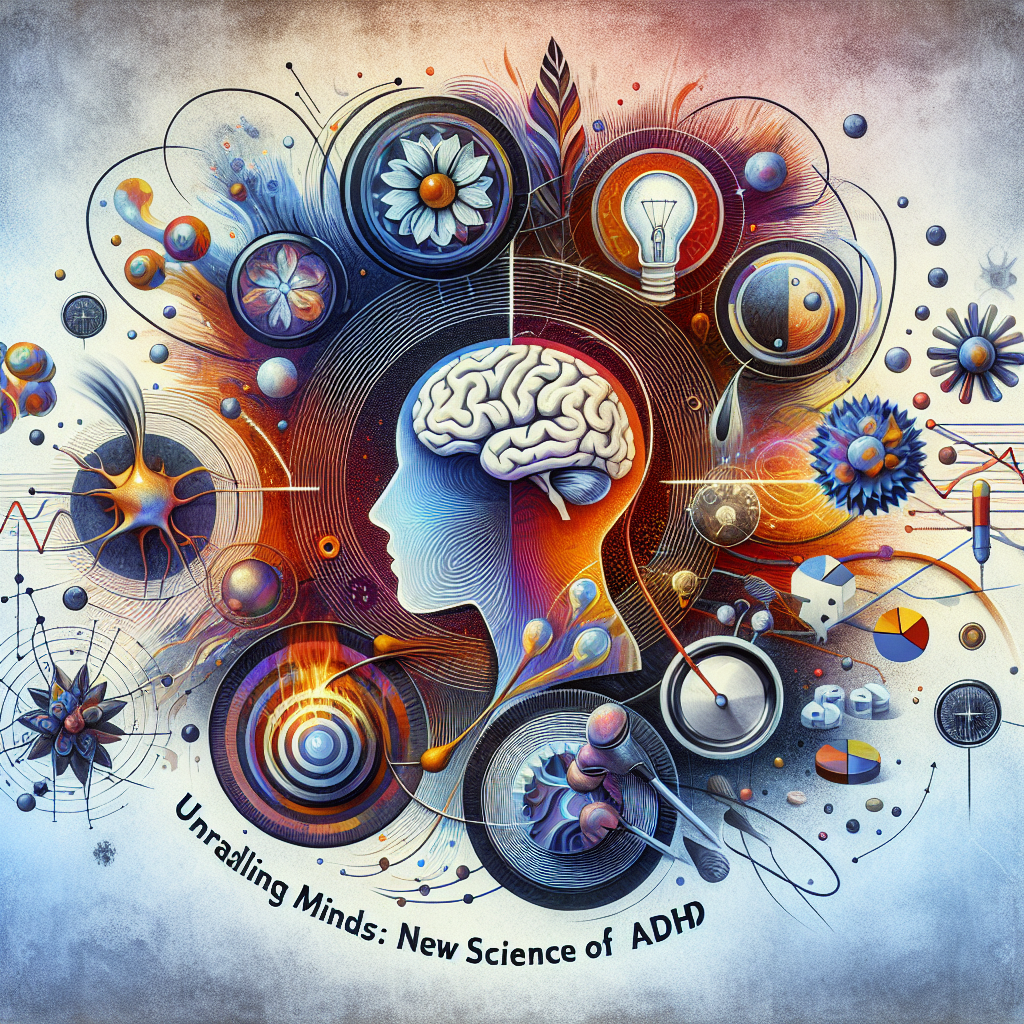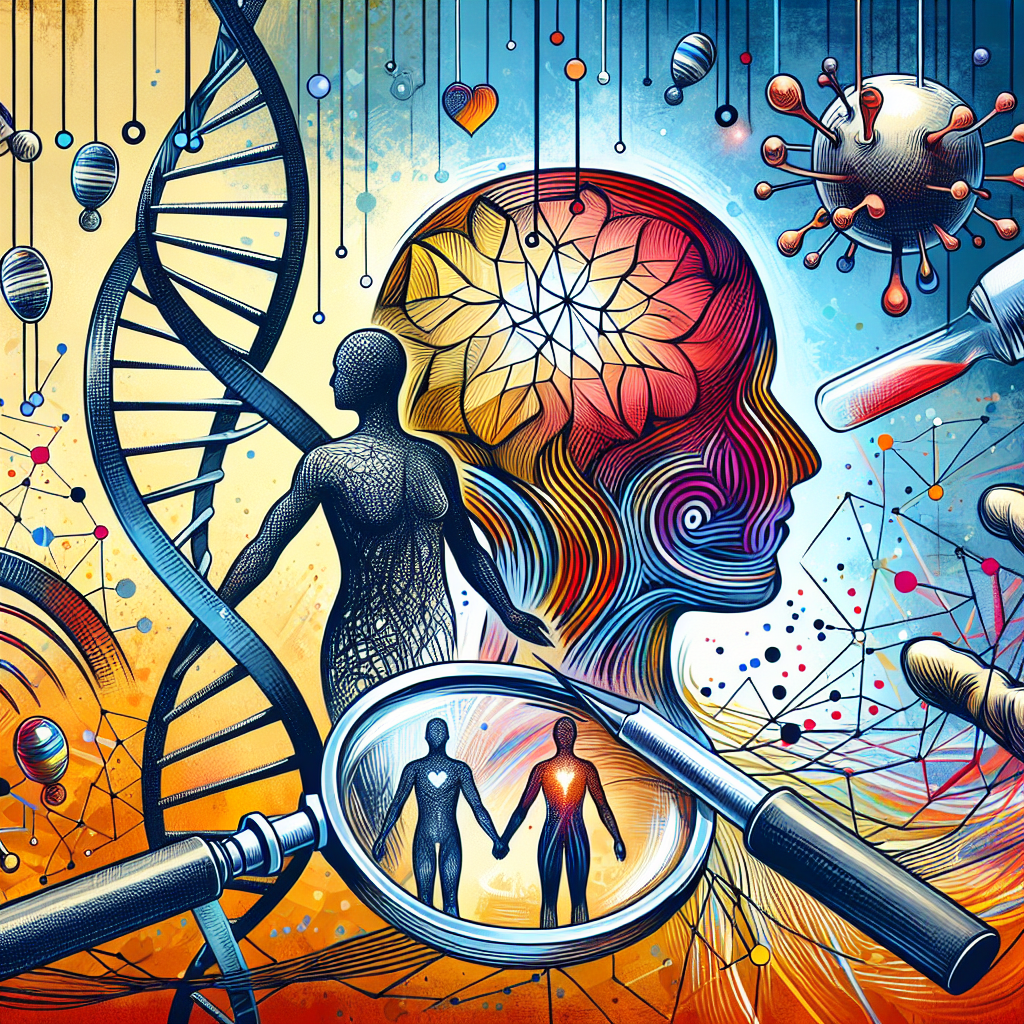Introduction: The Chemistry of Connection What if the essence of our emotional world, the ability to connect and empathize with others, hinged largely on a single molecule? Invisible yet impactful, oxytocin, often dubbed the “love hormone,” plays a crucial role in crafting our social experience. You might recognize it as the hormone that floods new […]
Tag: Brain

Unraveling Minds: The New Science of ADHD Treatment
Introduction Imagine having a magic key that could potentially unlock the full potential of your brain, allowing you to focus with laser-like precision. For many, this key is Methylphenidate, commonly known by its brand names, Ritalin or Concerta. It’s a medication widely used to treat Attention Deficit Hyperactivity Disorder (ADHD), a condition famously characterized by […]

The Comfort of Close Company: How a Caregiver’s Presence Eases Anxious Young Minds
Introduction: Comfort in the Midst of Chaos Have you ever noticed how the presence of a loved one can calm your nerves in stressful situations? Consider a time when a hug from your mom transformed a moment of panic into one of reassurance. This universal experience isn’t just anecdotal; it’s backed by science. One fascinating […]

Decoding the Brain: How MRI Scans Could Revolutionize Mental Health Diagnosis
Introduction Imagine a world where diagnosing complex mental health illnesses could be done as swiftly and accurately as diagnosing a broken bone. Sounds like science fiction, doesn’t it? Yet, this vision is closer to reality than we might think, thanks to groundbreaking research into brain imaging. In the fascinating research paper titled ‘Anatomical Brain Images […]
Monitoring Cortical Excitability during Repetitive Transcranial Magnetic Stimulation in Children with ADHD: A Single-Blind, Sham-Controlled TMS-EEG Study
Data in this article is provided by PLOS. Related Articles Eye Movements to Natural Images as a Function of Sex and Personality Unraveling the Invisible Ties: How Family and Environment Shape ADHD in Chinese Children Impulsive Action but Not Impulsive Choice Determines Problem Gambling Severity Investigating the Genetic Basis of Theory of Mind (ToM): The […]
Human-Specific Histone Methylation Signatures at Transcription Start Sites in Prefrontal Neurons
Data in this article is provided by PLOS. Related Articles Eye Movements to Natural Images as a Function of Sex and Personality Unraveling the Invisible Ties: How Family and Environment Shape ADHD in Chinese Children Impulsive Action but Not Impulsive Choice Determines Problem Gambling Severity Investigating the Genetic Basis of Theory of Mind (ToM): The […]
Common Neural Recruitment across Diverse Sustained Attention Tasks
Data in this article is provided by PLOS. Related Articles Eye Movements to Natural Images as a Function of Sex and Personality Unraveling the Invisible Ties: How Family and Environment Shape ADHD in Chinese Children Impulsive Action but Not Impulsive Choice Determines Problem Gambling Severity Investigating the Genetic Basis of Theory of Mind (ToM): The […]
Differential Deactivation during Mentalizing and Classification of Autism Based on Default Mode Network Connectivity
Data in this article is provided by PLOS. Related Articles Unraveling the Invisible Ties: How Family and Environment Shape ADHD in Chinese Children Impulsive Action but Not Impulsive Choice Determines Problem Gambling Severity Time Perception in Children with Autism: A New Perspective** Peering Into the Mystical Mind: Neuroimaging Dissociative Trance States Game Theory Revelation: Understanding […]

Peering Into the Mystical Mind: Neuroimaging Dissociative Trance States
Introduction Picture this: a person, eyes half-closed, begins to write furiously, words flowing effortlessly onto paper. It seems almost as though these words are not their own, as if guided by some external force. This is the mystical process of psychography—a phenomenon that has intrigued spiritualists and skeptics alike for centuries. Is there science behind […]
Working Memory-Related Functional Brain Patterns in Never Medicated Children with ADHD
Data in this article is provided by PLOS. Related Articles Eye Movements to Natural Images as a Function of Sex and Personality Unraveling the Invisible Ties: How Family and Environment Shape ADHD in Chinese Children Impulsive Action but Not Impulsive Choice Determines Problem Gambling Severity Investigating the Genetic Basis of Theory of Mind (ToM): The […]
